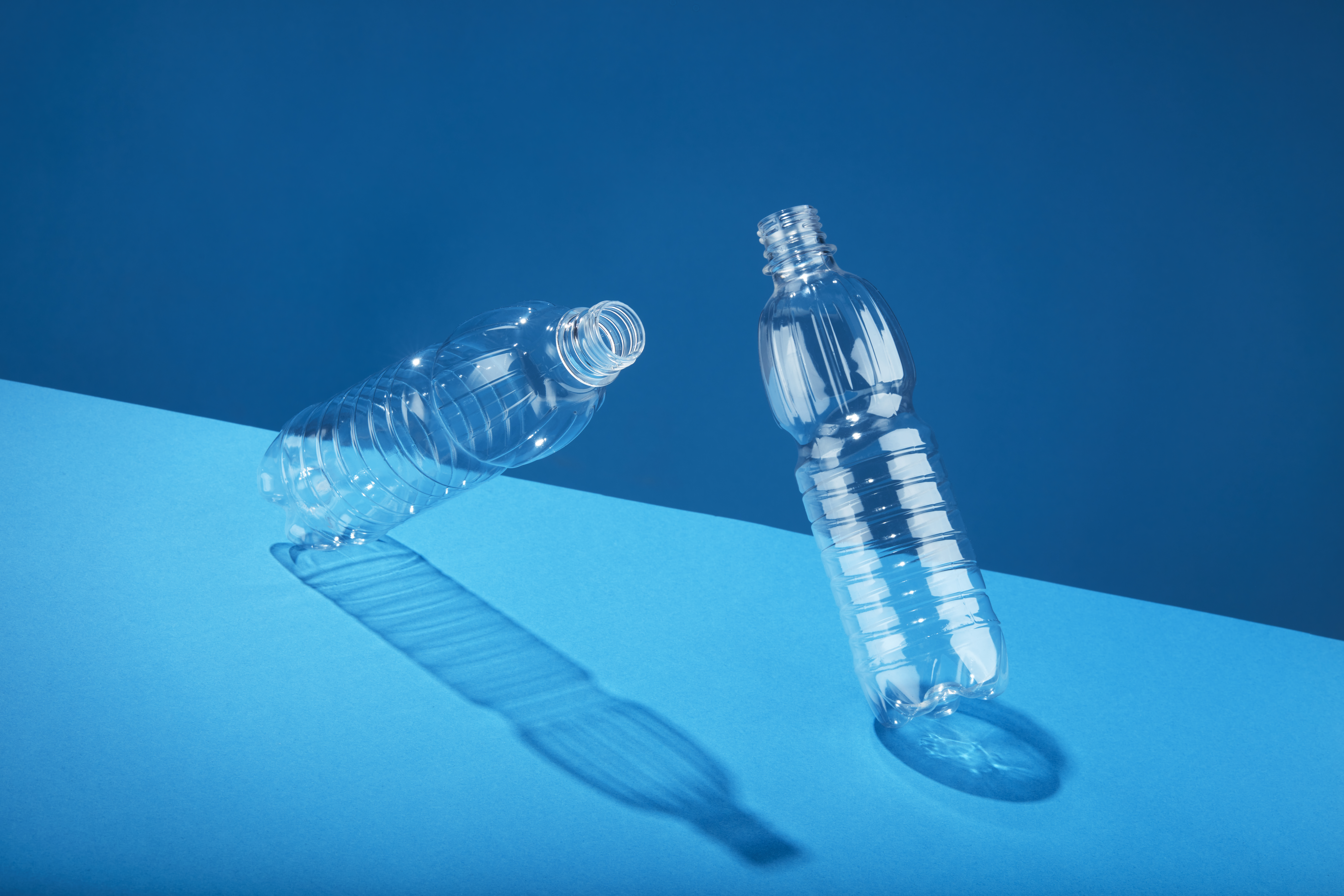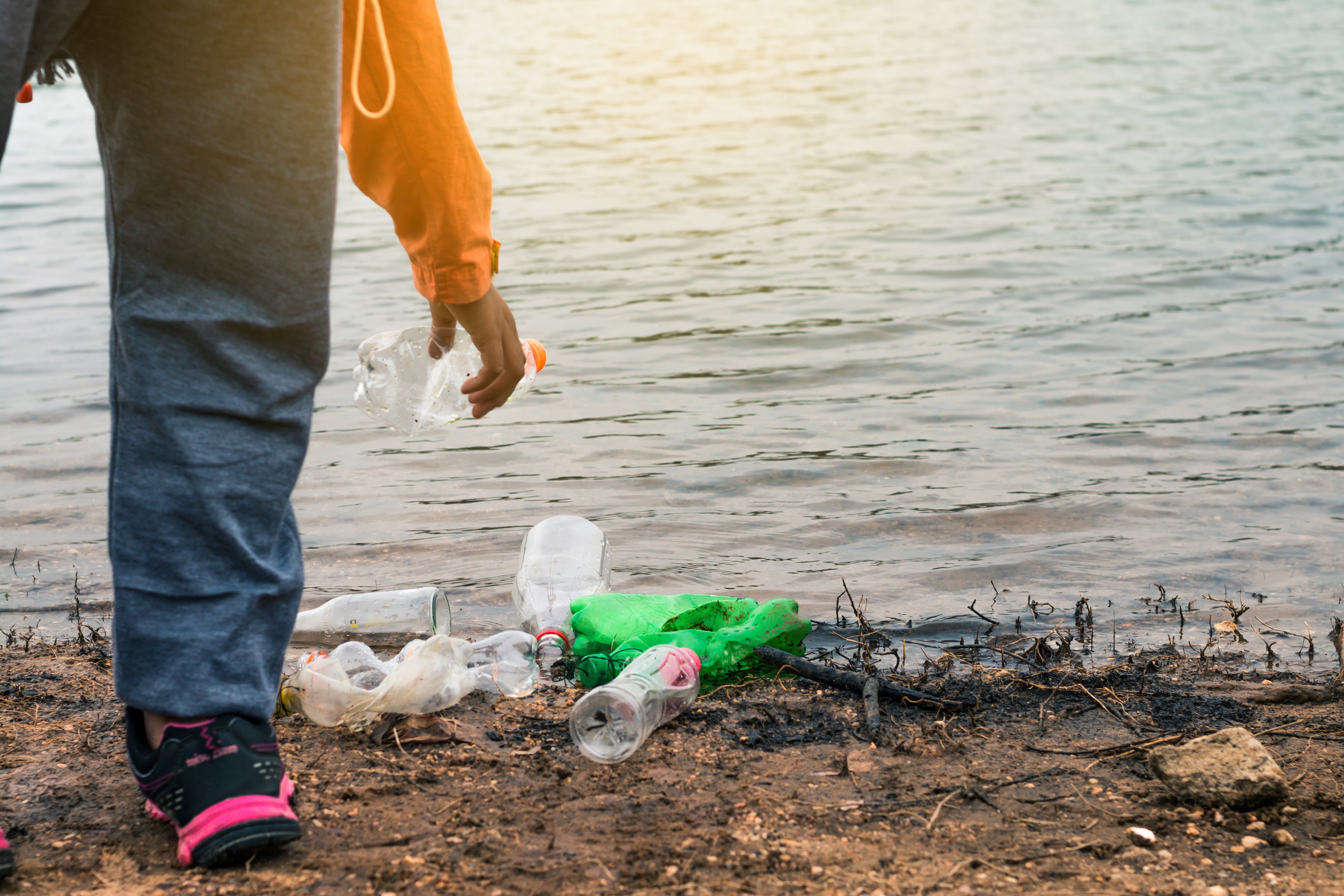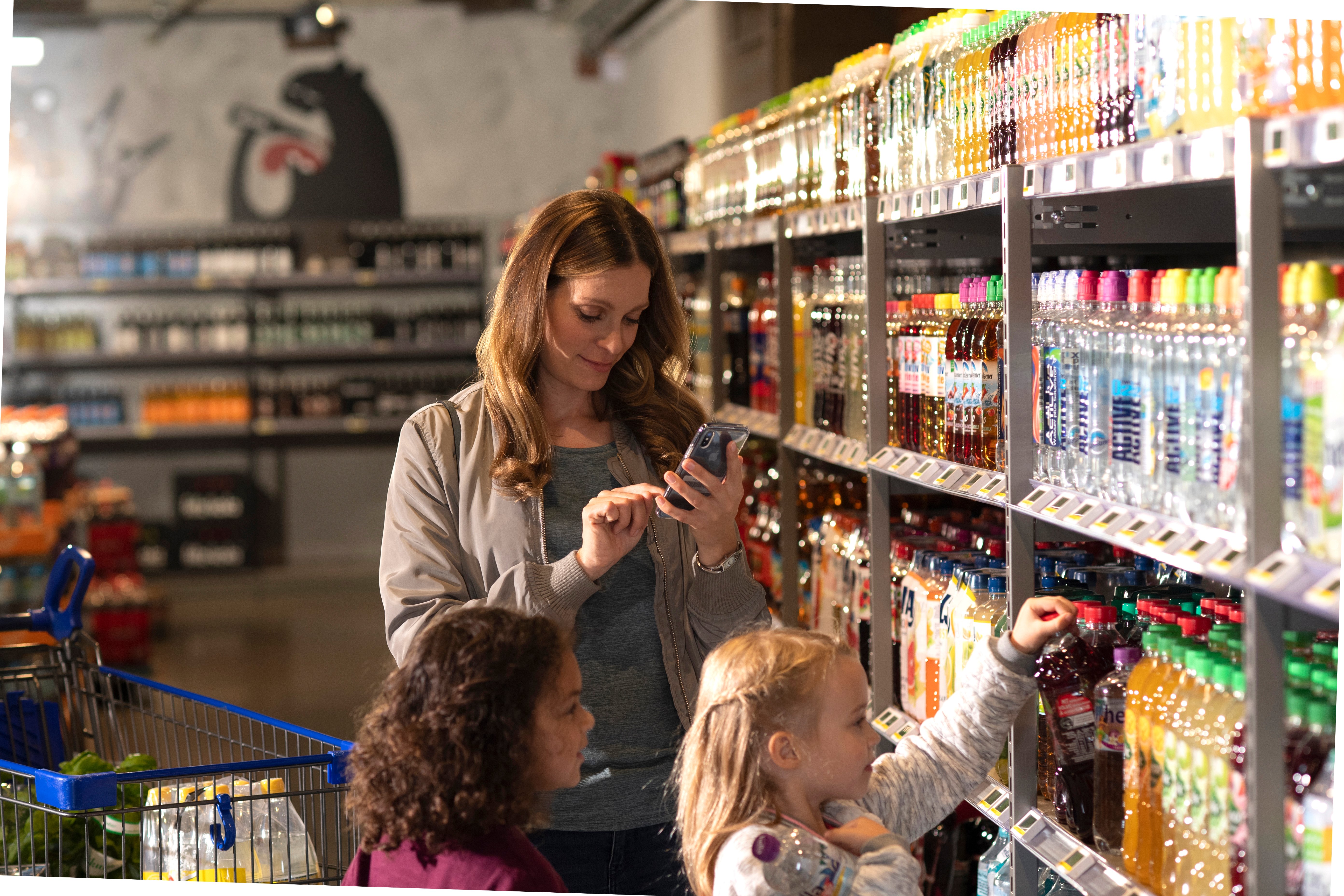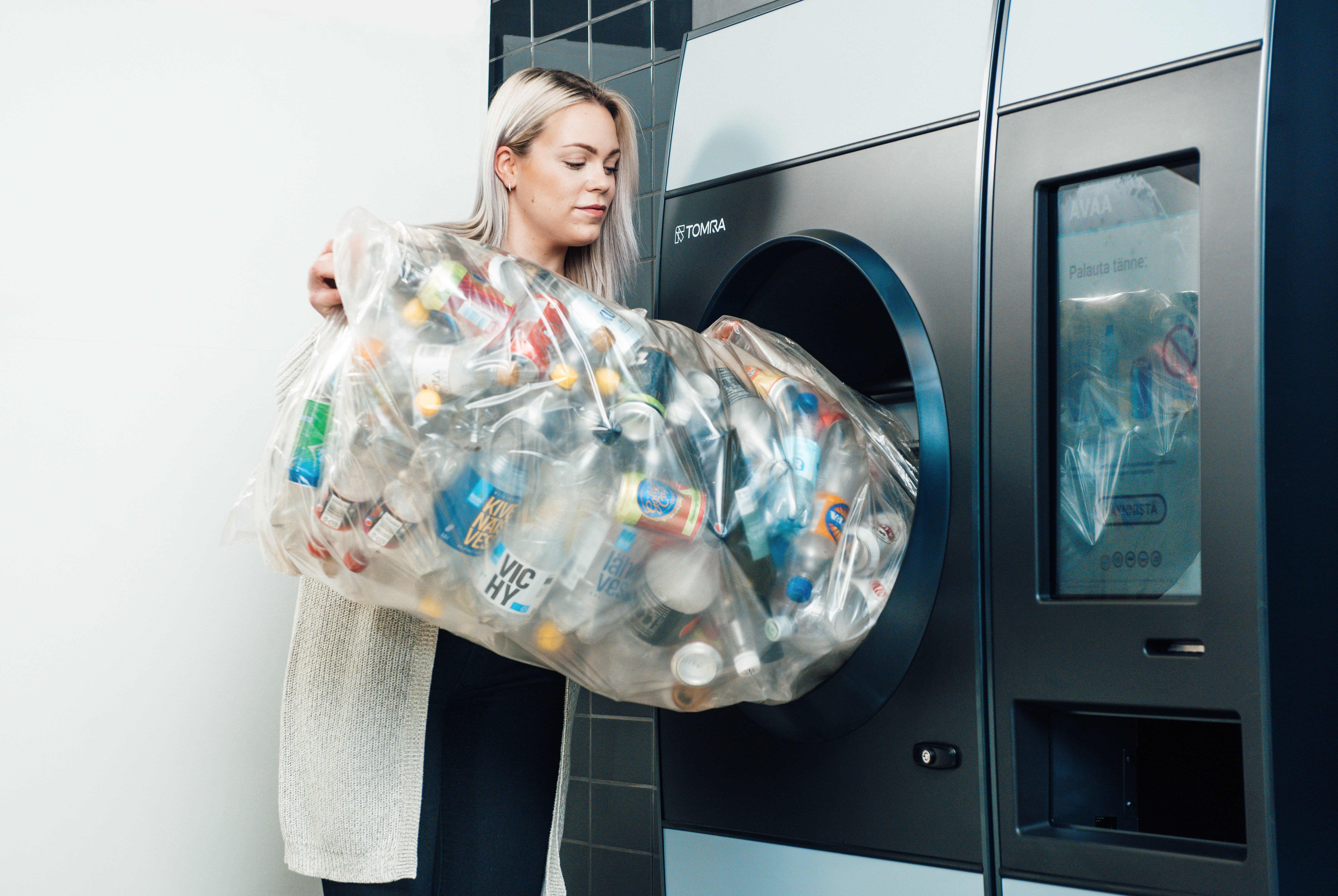
More markets than ever are bringing in deposit return systems (also known as container deposit schemes, deposit return schemes or DRSs) in a bid to increase recycling rates and tackle litter – and drink producers play a vital role in this shift. As new regions announce upcoming legislation, progressive producers are planning ahead to prepare for deposit return. As well as reputational enhancement, DRSs can help drink producers meet recycled content goals, and crucially reduce how many containers end up as litter. Producers play a key part in turning off the tap to pollution.
“Well-designed DRSs would enable the EU to reach its collection targets for beverage bottles faster – and would also secure the food-grade quality rPET that our beverage industries need. In delivering closed-loop recycling, DRS would also reduce the quantity of virgin materials needed – thereby lowering the EU’s CO2 footprint and contributing towards its climate objectives.”
Hans van BochoveSVP Public Affairs and Government Relations, Coca-Cola European Partners
Six key opportunities of deposit return for the beverage industry
EXTENDED PRODUCER RESPONSIBILITY
1. Role of DRS in reducing EPR costs
Based on the "polluter pays” principle, Extended Producer Responsibility (EPR) puts the responsibility and full net cost for the take-back, recycling and disposal of products on to producers. Deposit systems are the best EPR mechanism for beverage containers, as they allow producers to have full control of the costs and materials flowing through the system. A DRS can be designed so there is no cross-subsidizing of more expensive-to-manage materials by those with a higher value. As the DRS will slash drink container litter, any additional costs expected of producers through other EPR systems or demand from society can be significantly reduced.
MAINTAINING QUALITY
2. Meeting goals through Clean Loop Recycling
There is growing public pressure to reduce the environmental footprint of packaging and many beverage producers are striving to utilize more recycled PET. In order for US beverage producers to achieve 50% recycled PET content, for example, the National Association of PET Container Resources estimates the national recycling rate for PET bottles would need to rise to over 70%, up from 29% in 2019.² Deposit return systems not only provide a way to collect materials – they keep drinks containers in a closed loop, reducing contamination and ensuring high quality is maintained.
GETTING RESULTS
3. Boosting volumes through deposit incentive
Higher collection rates can be achieved through deposit systems due to the unique financial incentive offered for returns. Because of this incentive, DRSs recover approximately three times more beverage container material than non-deposit collection systems like curbside recycling.³ The recovery of more beverage containers enables greater volumes of recycled content in the production of new containers.
OPENING OPPORTUNITIES
4. Creating infrastructure for refillables
A DRS can help shift consumer behavior so returning containers becomes the norm. In turn, this can enable producers to offer refillables to maximize environmental benefit. Germany operates one of the world’s most successful refillables programs with a 41% refill quota, collecting 98% of refillable containers annually (25.4 billion containers). Oregon’s non-refillable DRS has helped inspire a refillable beer program thanks to the infrastructure / cost-sharing between producers.
MAKING AN IMPACT
5. Protecting the planet by reducing litter
Beverage bottles are the most commonly-found litter items and can take hundreds of years to break down, in some cases releasing greenhouse gases. A deposit return system enables beverage producers to make a difference by helping to prevent littering of their products.

BOOSTING CSR CREDENTIALS
6. Enhancing reputation and building trust
Beverage producers can build trust among increasingly eco-conscious consumers by reducing the litter that carries their brand name. Worldwide, there is strong public support for DRS implementation: opinion polls analyzed by Reloop in 15 countries found a median of 80% of the public are in favor of introducing container deposit legislation, 84% support their current program, and 82% would like to see current programs expanded.⁴ By committing to initiatives such as deposit systems, which are proven to reduce waste and pollution, drink producers can boost their reputation and be in a stronger position if their business practices are examined.
“We support well-designed DRS as one of the most efficient options for meeting the collection and recycled content targets set in the EU’s Single-Use Plastics Directive, but also as an opportunity to create a closed-loop recycling system guaranteeing the material is returned and recycled into new beverage containers.”
Nicholas HodacDirector General, Union of European Soft Drinks Associations (UNESDA)⁵
How it works: deposit return FAQ for drink producers
Who runs deposit return systems?
Drinks producers are legally responsible for the collection and management of drink containers in a DRS, and often a Central System Administrator (CSA) is set up to coordinate these efforts. It takes on the responsibilities and tasks that facilitate the take-back of containers while ensuring fair financial reconciliation for participants. Typically, the CSA is owned by beverage producers or their respective importers, plus retailers and distributors. It is overseen by a Board of Directors composed of representative companies. It can also be owned/operated by a business with those stakeholders as customers. A good example is the state of New South Wales, where five Australian beverage companies formed a joint venture called Exchange for Change to coordinate the DRS.
What are the benefits of collaboration between retailers and the beverage industry?
Collaboration enables the beverage industry to centralize common responsibilities, facilitates cross-industry problem solving and realizes cost efficiencies. Fraud mitigation can also be difficult to address without collaboration. Working together is key to a high-performing system.

How can small beverage producers be represented in system administration?
Small producers can have vulnerable bottom lines making it especially important for them to be in the “policy loop”, up to speed on developments and represented on discussions around scheme complexities. TOMRA welcomes all feedback from small producers on how to further improve this information exchange.
Does a deposit return system make beverages more expensive?
No, the price of the drink remains the same and a deposit is charged separately. This is fully refundable when the container is returned. To reinforce this message, the deposit can be exempted from VAT or sales taxes. Stores can also engage the consumer at point of sale to explain the deposit, and separately list the sales and deposit price.
Will consumers switch container types in a deposit return system?
Not if you have an “all-in” deposit return system that includes all types of containers. This creates a level playing field among beverage producers, removing the risk of consumers simply switching container types, and also giving no need for beverage producers to switch container materials or sizes.
How can deposit return systems help meet carbon neutral goals?
Packaging material can account for a significant amount of the carbon footprint of drink producers. However, transitioning to a circular economy can address the 45% of emissions that come from industry, agriculture and land use. A deposit return system helps to produce a larger pure stream of recycled PET and can help firms in the beverage industry to reduce their ecological footprint.
DRS infrastructure and costs
The below table sets out the infrastructure to put a deposit return system in place. It outlines the up-front investment, direct costs to businesses within the beverage industry, and indirect payments made through the ownership of the Central System Administrator (CSA). The CSA is normally a single-purpose company that utilizes money from its shareholders, generally as loans that are repaid once the system is operational. CSAs that outsource tasks to external suppliers generally only require limited funds; those suppliers enjoy return on their investment through these operations.

Investment and compensation
Reverse vending machines (RVMs) provide an automated way to collect and sort used drink containers. Investment in this kind of return infrastructure is generally covered in one of two ways:
- By the obligated take-back party, typically the retailer.
- By an external investor, most likely the technology vendor. (Examples of this can be seen in TOMRA’s investment in Lithuania and New South Wales, where it owns and operates the RVMs).
In both cases, the RVM owner will receive handling fees / throughput fees to help achieve return on investment.
'Investment and compensation DRS have not only delivered high collection rates for beverage packaging in countries where they are in place, but they also have the benefit of providing high-quality food-grade recycled material in a clean single stream. They can also contribute towards the EU’s climate objectives, for example by reducing the need for virgin materials thanks to closed-loop recycling.'
Patricia FosselardSecretary General, Natural Mineral Water Europe (NMWE)⁹
.png?width=788&height=200&name=tomra_lockup_h_1cw_png%20(1).png)


